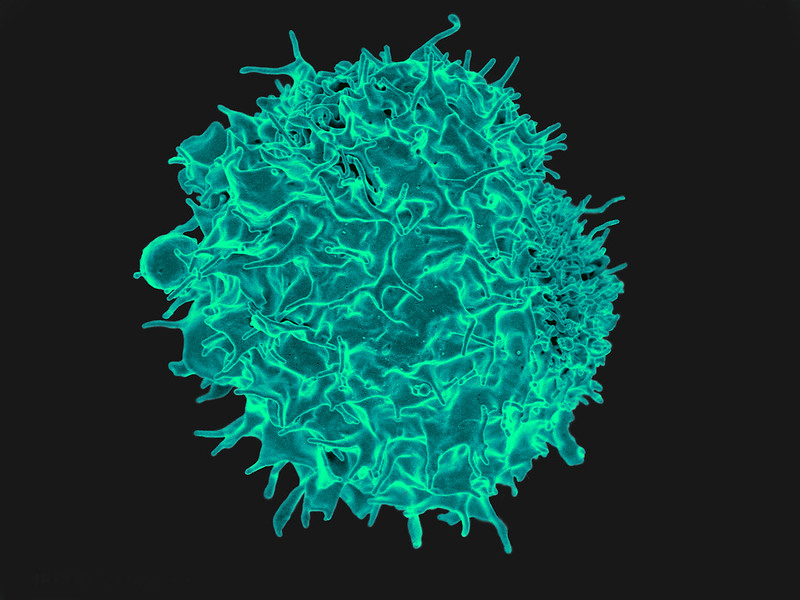New Study Investigates Effects of ADHD Medications on the Heart

A new study led by the University of Southampton has found that medications for ADHD have overall small effects on blood pressure and heart rate after weeks or a few months of use.
There have been concerns about the side effects of ADHD medications but the new findings, coupled with other studies, suggest that the benefits of taking these medications outweigh the risks, while highlighting the need for careful monitoring.
The study, published in The Lancet Psychiatry, conducted the largest and most comprehensive analysis of the cardiovascular effects of ADHD medications based on the results of randomised controlled trials – the most rigorous type of clinical study to assess medication effects.
Professor Samuele Cortese, senior lead author of the study from the University of Southampton said: “When it comes to taking any medication, risks and benefits should always be assessed together. We found an overall small increase in blood pressure and pulse for the majority of children taking ADHD medications.
“Other studies show clear benefits in terms of reductions in mortality risk and improvement in academic functions, as well as a small increased risk of hypertension, but not other cardiovascular diseases. Overall, the risk-benefit ratio is reassuring for people taking ADHD medications.”
The study was funded by the National Institute for Health and Care Research (NIHR), within the framework of the NIHR Research Professorships scheme to Professor Samuele Cortese, with Dr Luis Farhat (University of São Paulo, Brazil) as first author and Professor Alexis Revet (University of Toulouse, France) as co-senior author.
It is estimated that attention-deficit/hyperactivity disorder (ADHD) affects around 4 per cent of children in the UK. Of these, around 45 per cent are treated with medication.
The international team of investigators analysed data from 102 randomized controlled trials, including a total of 22,702 participants with ADHD. They used an advanced statistical approach – network meta-analysis – that allowed them to compare the effects of several medications, even when the medications were not directly compared in the trials included in the analysis.
They found that all ADHD medications were generally associated with overall small effects on blood pressure, heart rate, and ECG parameters. With the exception of guanfacine (which leads to decreased blood pressure and heart rate), other medications led to increases in the values of these parameters.
No significant differences were found between stimulants (including methylphenidate and amphetamine) and non-stimulants (atomoxetine and viloxazine) with regard to their effects on blood pressure and heart rate.
“Our findings should inform future clinical guidelines, stressing the need to systematically monitor blood pressure and heart rate, both for stimulants and non-stimulants. This should be particularly relevant for practitioners who might assume that only stimulants have a negative effect on the cardiovascular system,” said Dr Farhat.
The researchers say that those with existing heart conditions should discuss the side effects of ADHD medications with a specialist cardiologist before starting treatment.
Professor Revet added: “Our findings, based on randomised controlled trials that tend to be of short duration due to ethical issues, should be complemented by results from real-world, longer-term studies.”
The research team will now look to see if some groups might be more vulnerable to cardiovascular side effects than others.
NIHR Research Professor Cortese concluded: “While our findings are informative at the group level, that is, on average, we cannot exclude that a subgroup of individuals may have a higher risk of more substantial cardiovascular alterations.
“While it is currently not possible to identify those individuals at higher risk, efforts based on precision medicine approaches will hopefully provide important insights in the future.”
Source: University of Southampton




